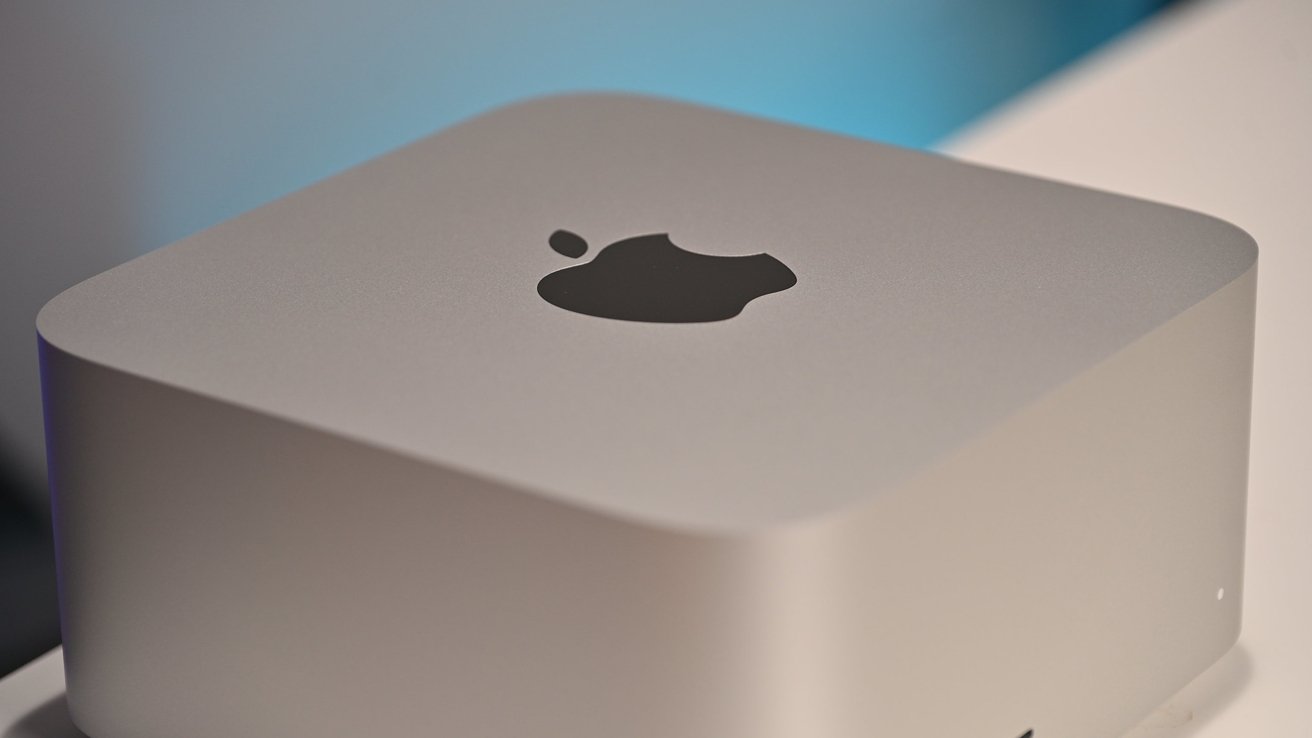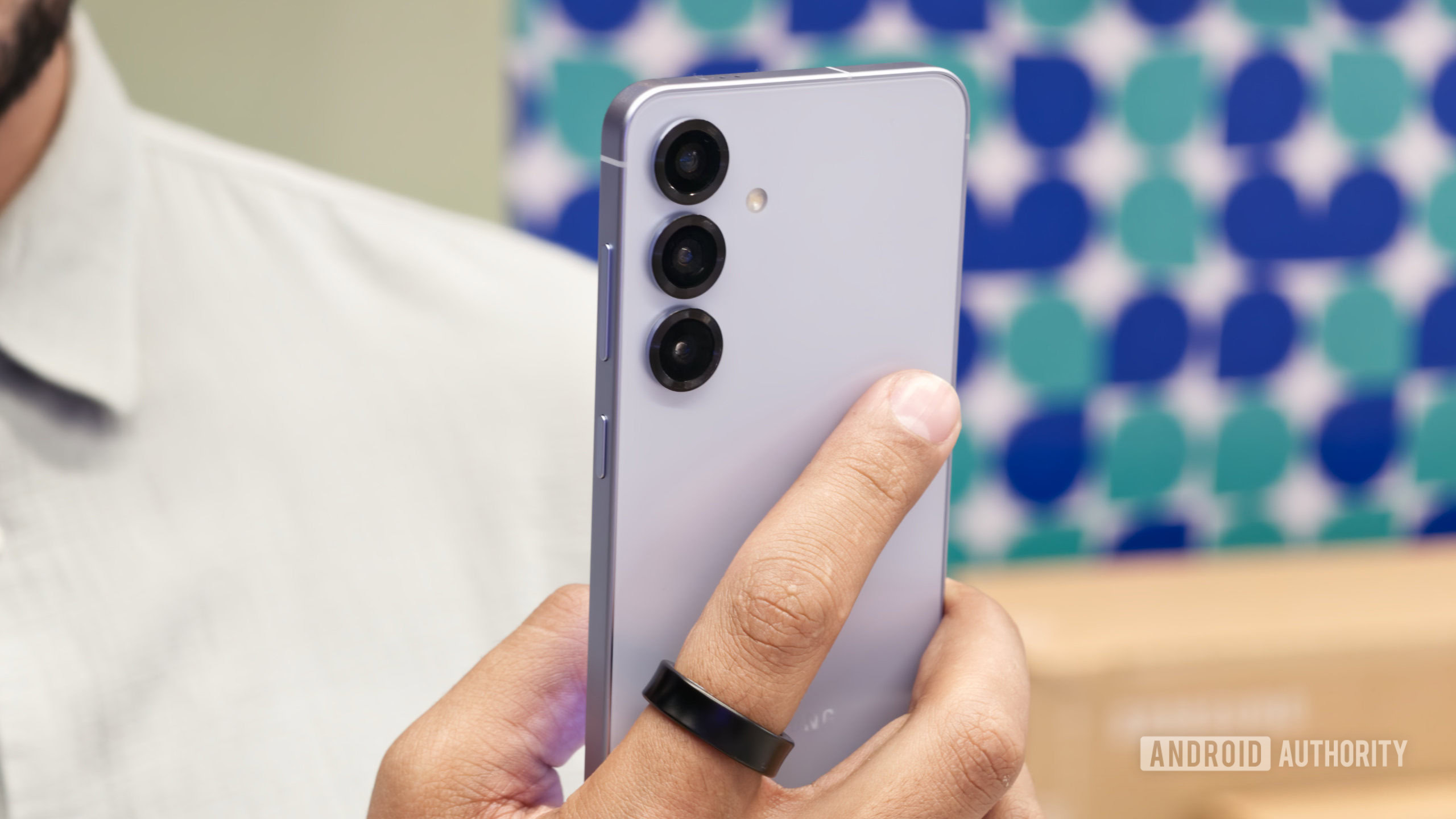Google Authenticator takes the hassle out of protecting your online accounts with multi-factor authentication (MFA). It’s free, and if you have a Google account, setting up and transferring codes is easy. Things get a little more complicated if you don’t want to use a Google account or if you’re switching to Google Authenticator from a different authenticator tool. The app also collects much more data than the other authenticator apps we’ve reviewed. Open-source alternative 2FAS is an Editors’ Choice winner because it makes transferring tokens easy. Our other Editors’ Choice in the category is Aegis Authenticator because it doesn’t collect data or require an account to work.
Getting Started With Google Authenticator
Google Authenticator is available for Android and iOS devices. I tested the app using a Samsung Galaxy A71 5G and an iPhone 14 Pro. Unlike Authy, which offers a version for watchOS, Google Authenticator does not have apps for wearable devices.
(Credit: Google/PCMag)
Signup Requirements
Google Authenticator is easy to use if you already have a Google account. You can sign in and store codes that sync across all your devices. If the codes aren’t syncing for you, ensure you’re signed into the same account on all your devices.
Google Authenticator is also usable without an account, which is good. If you already have codes saved, the app will store them on your device. Without an account, your codes do not sync. You can manage multiple accounts on the app by tapping the account icon in the top left corner of your screen and choosing the account you want to associate with your new codes.
(Credit: Google/PCMag)
If you want to transfer your Google Authenticator codes to a new phone or tablet, navigate to Transfer accounts > Export accounts, choose which accounts you want to transfer, and scan the generated QR code using the app on your new device. Unfortunately, like Authy, Google Authenticator’s exporting and importing policies don’t allow for easy switching between competing apps. To switch from a different app to Google Authenticator, you must disable and re-enable MFA on each platform or website and scan each QR code with Google Authenticator. 2FAS makes switching to a new authenticator app easy by allowing you to export and import codes from other apps, including Aegis, Google Authenticator, and LastPass Authenticator.
Data Collection Practices
Authenticator apps are simple token generators, so theoretically, they shouldn’t require much data from you. Here at PCMag, we urge readers to hand over as little personal information as possible online. To avoid data-hungry apps, scroll to the Privacy section of the app’s page on Apple’s App Store or Google’s Play Store and read the information the app’s developer collects when you install and use it. Below is a comparison of the data collection reports for 2FAS, Authy, Google Authenticator, and Microsoft Authenticator.
(Credit: 2FAS/Twilio/Google/Microsoft)
Google Authenticator collects more information than the other apps I’ve reviewed. It siphons personal info from at least eight sources on your device, including your phone’s contact list, photos and videos, phone number, and physical address.
Hands On With Google Authenticator
(Credit: Google/PCMag)
The Google Authenticator app has a simple interface that is easy to navigate. You can arrange your codes manually by tapping and holding each entry to move it around the screen. You can remove an account from the app by long pressing on the entry and swiping to the right. You can lock and unlock the app using biometrics, such as your face or a fingerprint.
On Android, screenshots are disabled by default, which is good. 2FAS has a similar policy for its Android app. I’m less enthusiastic about all tokens being visible on the screen in Google Authenticator when you open the app. I prefer Authy’s method of displaying just one code at a time or 2FAS’ settings that allow you to hide your codes from view. Aegis Authenticator has the most secure method of hiding tokens. The app lets you set up a password or biometric login to unlock your codes.
Scan a QR code or enter the code manually to register the app for MFA on your preferred website. I could register social media accounts using the Google Authenticator app without problems.
Backing Up Account Info
Google Authenticator will back up your account tokens to Google Drive, but it doesn’t offer other backup options. This isn’t terribly unusual, as Authy only allows backups to its own cloud storage. 2FAS allows more freedom of choice, but only if you’re using iCloud or Google Drive.
Verdict: Google Authenticator Has Limits, But Gets the Job Done
Google Authenticator is easy to adopt if you’re an existing Google customer, less so if you need to transfer codes from a different authenticator app. We didn’t have trouble using the app to generate codes in testing, and we like its simple yet intuitive interface. That said, it’s hard to switch to or from Google Authenticator to another app, and the app may collect a lot of personal data from you. Our Editors’ Choice winners include 2FAS, which is open-source and requires minimal personal information from your devices, and Aegis Authenticator, which makes protecting your tokens easy and has a lot of customization options.
The Bottom Line
Google Authenticator is a no-frills tool for managing your MFA codes—while collecting a lot of your data.
Like What You’re Reading?
This newsletter may contain advertising, deals, or affiliate links.
By clicking the button, you confirm you are 16+ and agree to our
Terms of Use and
Privacy Policy.
You may unsubscribe from the newsletters at any time.

About Kim Key
Senior Security Analyst













